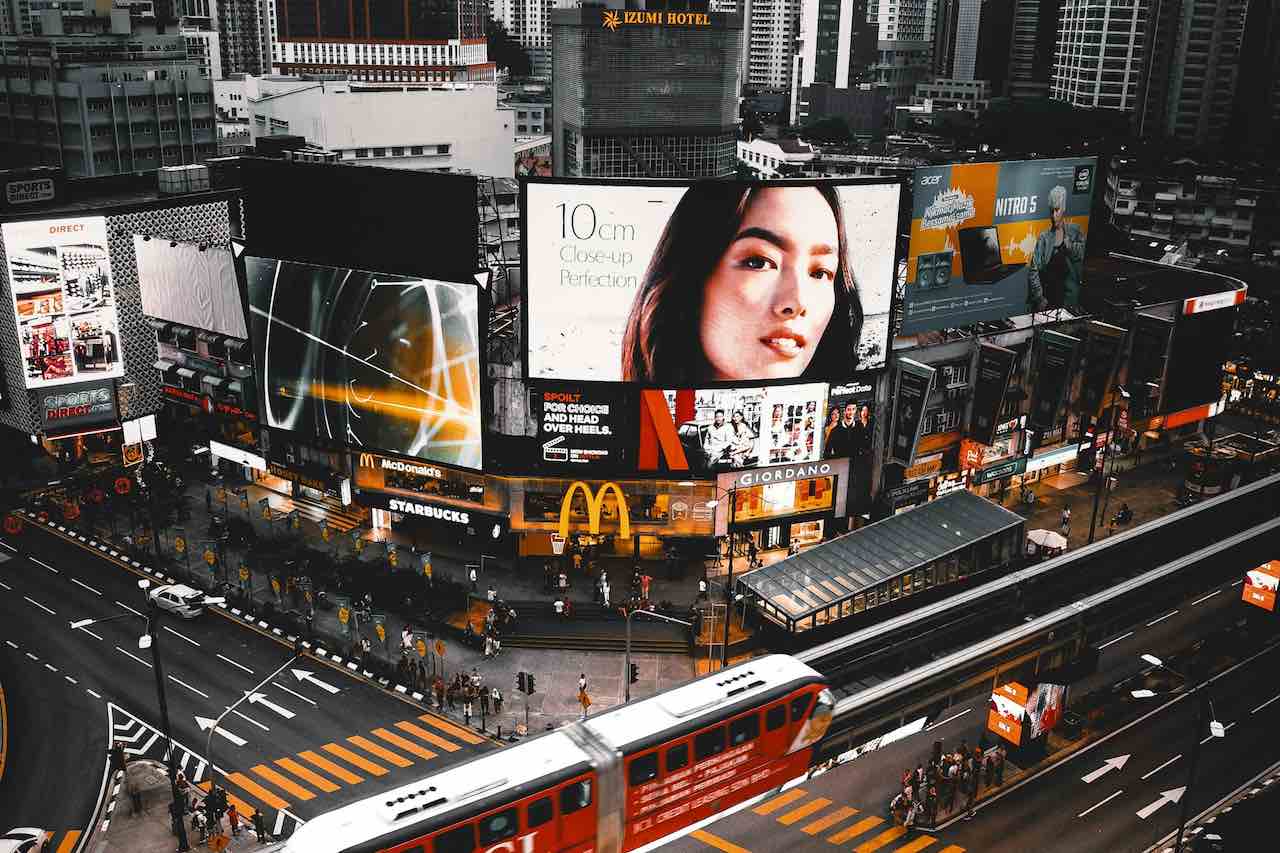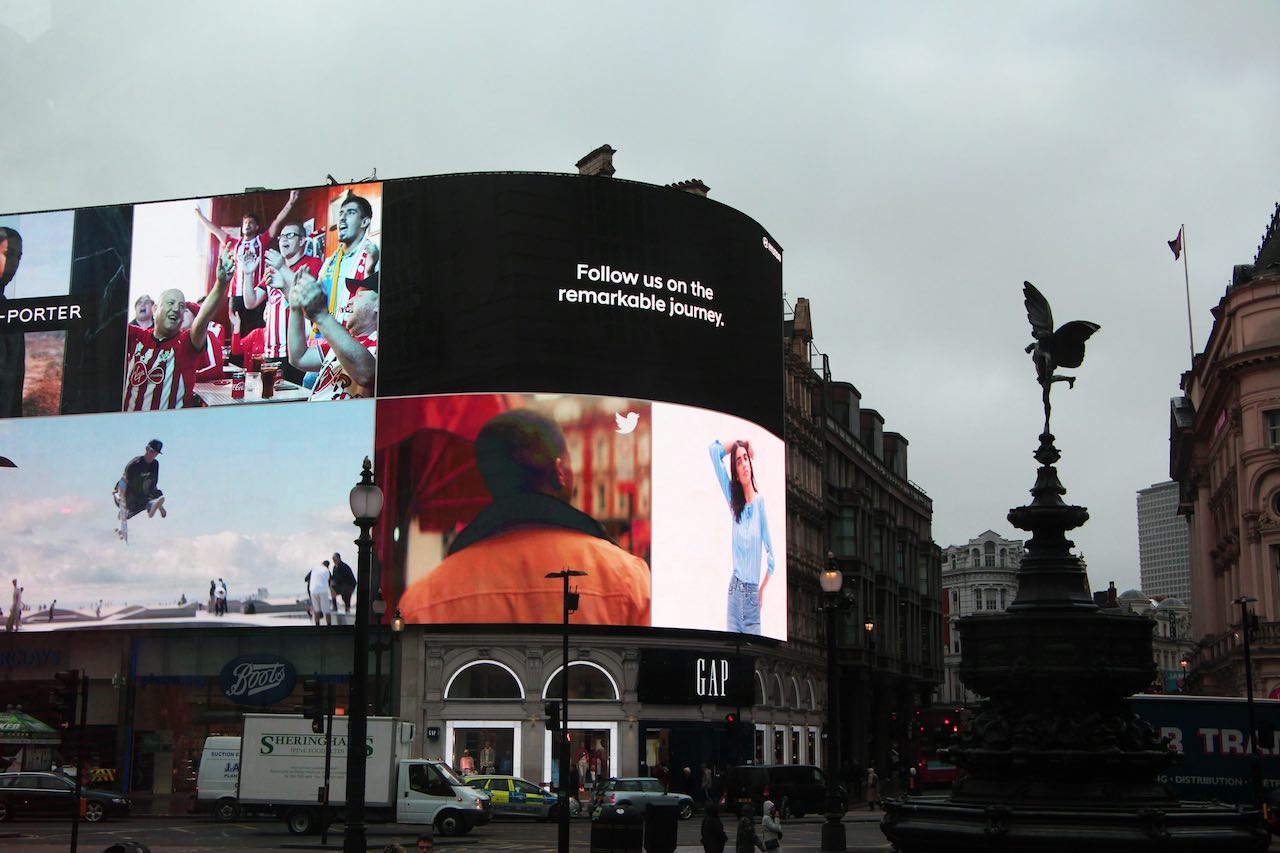
Friday, 21 Feb 2025

As digital billboards continue to dominate the out-of-home (OOH) advertising landscape, the need for advertisers to understand the technical aspects of these displays has never been greater. One critical element that can make or break your campaign is the understanding of pixels and video resolutions. This guide will dive deep into how pixels affect your billboard ads and provide you with the exact video resolutions needed for various billboard sizes. By the end of this article, you'll be equipped with the knowledge to optimize your digital billboard campaigns for maximum impact.
Pixels are the smallest units of a digital display, usually tiny squares of color that together form an image. In the context of digital billboards, pixels are crucial because they determine the clarity and sharpness of your ad. The higher the pixel density (measured in pixels per inch, or PPI), the clearer and more detailed the image will be.
Key Concepts:
The resolution of a digital billboard plays a significant role in how your ad is perceived. Understanding the ideal resolution for your billboard size can ensure your ad is clear, readable, and engaging.
Factors to Consider:
Example: For a digital billboard with a pixel pitch of 16mm, the resolution might be 720x320 pixels. Designing your ad at this resolution ensures that it appears crisp and clear when displayed.
When creating video content for digital billboards, matching the video resolution to the billboard's dimensions is crucial for maintaining quality. Below are recommended resolutions for common digital billboard sizes and orientations.
1. 7x14m Billboard
2. 6x12m Billboard
3. 5x10m Billboard
4. 4x8m Billboard
Why These Resolutions Matter:
When designing an ad for a digital billboard, it's important to consider pixel-related factors to ensure your message is both clear and compelling.
Design Tips:
Practical Steps:
Understanding common mistakes can save time and improve the effectiveness of your billboard campaign.
Avoid These Errors:
The future of digital billboards is heading toward higher resolutions and more dynamic, interactive content. Advertisers should stay ahead by familiarizing themselves with emerging technologies.
Trends to Watch:
Pixels and video resolution are fundamental to creating effective digital billboard ads. By optimizing your content for the specific pixel requirements of the billboard, you can ensure your message is clear, impactful, and visually engaging. Whether you're creating static images or dynamic video content, understanding these technical aspects will help you make the most of your digital billboard campaigns.

Lestari Ads Agency - PT Lestari Dev Solusindo
Lestari Ads Agency is a leading out-of-home media company with the largest network in Indonesia. Lestari Ads Agency aims to create an inspiring journey by building the most effective, accessible and innovative data and advertising ecosystem, thus revolutionizing the way companies connect with their audiences. Lestari Ads has brightened up Indonesia's main streets and points of interest with LED Digital, traditional and iconic high-quality transit ads. We focus on providing impactful, innovative, effective and accessible advertising space.
The most trusted OOH advertising agency in Indonesia
Experience the top of visibility with Indonesia's leading out-of-home (OOH) advertising agency. We specialize in turning the urban landscape into a dynamic canvas for your brand, crafting compelling narratives that capture the imagination of millions. Our mastery over strategic placements and innovative formats ensures your message not only reaches, but resonates with a diverse and expansive audience. With a proven track record of delivering high-impact campaigns across Indonesia's bustling cities and beyond, we redefine what's possible in OOH advertising.
Find the best quality billboard advertising space with variety of size and dimension
out-of-home advertising, digital billboards, traditional billboards, transit advertising, street furniture advertising, outdoor signage, digital ooh, led billboards, static billboards, large format advertising, advertising displays, ooh media, advertising billboards, outdoor digital screens, urban advertising, roadside billboards, digital signage, retail advertising, poster advertising, mobile billboard advertising, digital transit ads, interactive ooh, airport advertising, mall advertising, cinema advertising, sports venue advertising, digital outdoor advertising, public transportation ads, taxi advertising, bus shelter ads, pedestrian advertising, advertising kiosks, outdoor media solutions, billboard marketing, ooh advertising strategies, ooh media planning, digital billboard solutions, smart billboard advertising, contextual ooh ads, geotargeted ooh ads, location-based ooh, smart outdoor ads, programmatic ooh, data-driven ooh, brand awareness billboards, large-scale ooh campaigns, outdoor advertising effectiveness, billboard design, high-traffic billboard locations, hyperlocal ooh, street-level ooh, public transit advertising, ooh campaign management, outdoor digital displays, media buyers ooh, roadside digital ads, metro station advertising, shopping center ads, ooh advertising trends, outdoor media buying, bus wrap advertising, illuminated billboards, building wrap advertising, branded outdoor advertising, billboard networks, freeway advertising, expressway billboards, train station advertising, out-of-home advertising campaigns, event-based ooh ads, ooh media buying strategies, proximity-based ooh, national ooh campaigns, city-wide ooh advertising, large-scale outdoor campaigns, integrated ooh solutions, ooh digital networks, smart city advertising, mobile billboard solutions, dynamic outdoor ads, highway billboard advertising, ooh media optimization, digital out-of-home screens, high-impact ooh ads, retail digital signage, interactive billboard advertising, regional ooh advertising, local outdoor advertising, consumer engagement ooh, brand visibility outdoor ads, targeted billboard advertising, digital advertising screens, urban billboard advertising, weather-triggered ooh ads, motion sensor billboards, flexible ooh solutions, sustainable outdoor advertising, renewable energy billboards, solar-powered billboards, ooh for small businesses, outdoor brand activations.
Frequently Ask Questions
About Us

